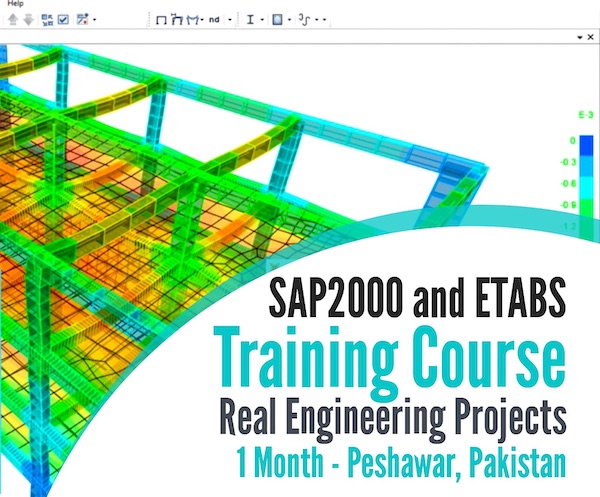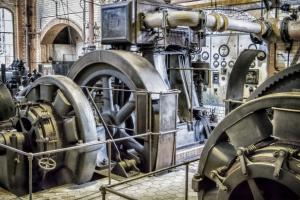Hydraulic Jump Experiment
Objectives of the experiments:
-
To create the hydraulic jump.
-
To verify the questions of fluid flow.
-
To determine the slatrility & characteristics of the hydraulic jump obtained in the lab using Impulse momentum & specific energy equations.
-
To compare measured flow depths with theoretical results.
Theoretical background:
Hydraulic jumps are very efficient in dissipating the energy of the flow to make it more controllable & less erosive. In engineering practice, the hydraulic jump frequently appears downstream from overflow structures (spillways), or under flow structures (sluice gates), where velocities are height.
A hydraulic jump is formed when liquid at high velocity discharges into a zone of lower velocity only if the 3 independent velocities (y1, y2, fr1) of the hydraulic jump equation conform to the following equation:
Y2 = y1/2 [-1+√1+8Fr2 ]
Fr2 = 92/9y3
Apparatus:
- Glass walled flume with sluice gates & a spillway arrangement
- Point gauges
- Manometer & scales
- Pump
Procedure for Hydraulic Jump Experiment:
-
I started the pump to supply water to the flume.
-
Then I closed the tail gate to allow water to accumulate and to develop hydraulic jump.
-
I adjusted the position of the hydraulic jump by adjusting the amount of closure of slvice gate.
-
I then measured the depth of the bed of flume by using a point gauge.
-
In the next step , I measured water surface level before it had crossed the spillway.
-
Then I measured height of spillway & the depth of water over the spillway.
-
Using the point gauges I then determined the water surface levels downstream of the jump.
-
Then I measured y1 & y2.
-
I repeated the measurement steps again for a different flowchart.
Results:
| S.No | Hm(m) | Y1(mm) | Y2(mm) | Lj(m) | H(mn) | H1(mn) | H2 |
| 1 | 0.8 | 342 | 46 2 | 6.5 | 24 | 106 | 0.45 |
Sources of errors:
Human errors:
- Errors occurred during measurements i.e. by taking erroneous reading of depths or in micrometer.
- Errors occurred in operation of sluice gates.
Instrumentation error:
- Leakage from the flume
- Assumptions of ideal conditions did not prevail:
- Ideal conditions which prevailed in the theoretical equations were not there and frictional forces also had some effect on the experiment.



